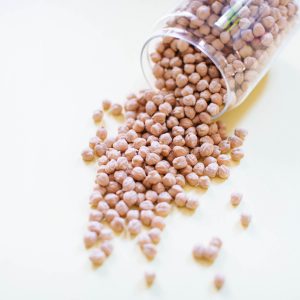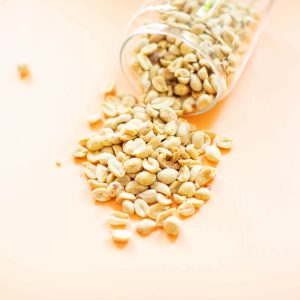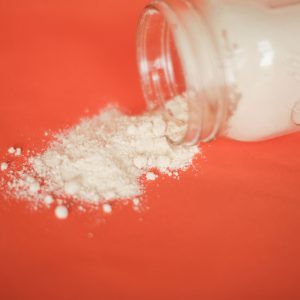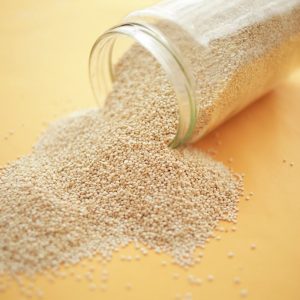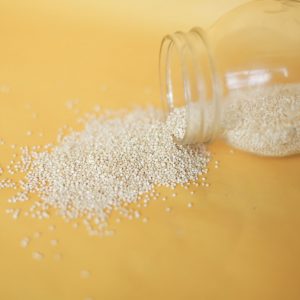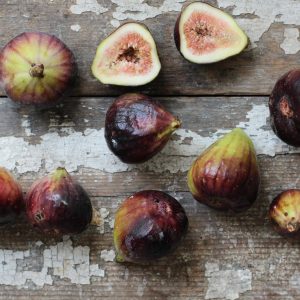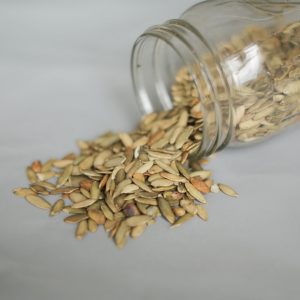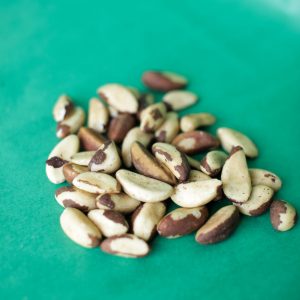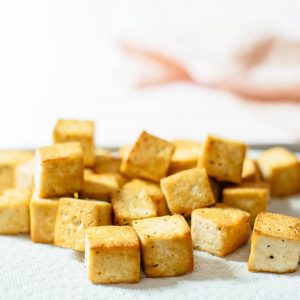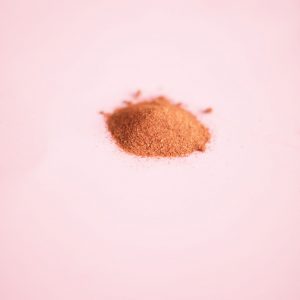Coconut flour is made from dehydrated, ground up coconut meat.
It’s an off-white colored flour, light in weight and great for gluten-free or grain-free baking. Coconut flour essentially acts as a sponge, when mixed with liquid it’s highly absorbent. For this reason, it’s important to make sure you have enough water or liquid for the coconut flour to absorb. This unique property also makes for a moist baked good with a light texture.
Health Benefits of Coconut Flour:
Coconut flour is a great substitute for traditional wheat flour for those looking for a gluten-free or grain-free substitute. Coconut flour is a particularly good source of fiber and iron. Adequate fiber intake is associated with optimal blood sugar control, digestion and even heart health.
Nutrient Breakdown of Coconut Flour:
*Per 1 cup
- Protein | 24g
- Fiber | 40g
- Carbohydrates | 72g
- Iron | 80% DV
How To Use:
The absorbent properties of coconut flour make it particularly beneficial in cakes, muffins, bread products and pancakes because of the light, fluffy texture it creates. It can be substituted for traditional wheat flour when a grain or gluten-free diet is necessary.
Recipes:
NS Recommends:
It’s important to note that 1/4 cup of coconut flour is 1 ounce, when measuring coconut flour in a cup it can yield less due to the fluffy nature. Also note, liquid is important with coconut flour, try using this ratio as a rule of thumb: 6 eggs + 1 cup of water / 1 cup of coconut flour.
Coconut flour is best stored in airtight containers in either your pantry or freezer.






























